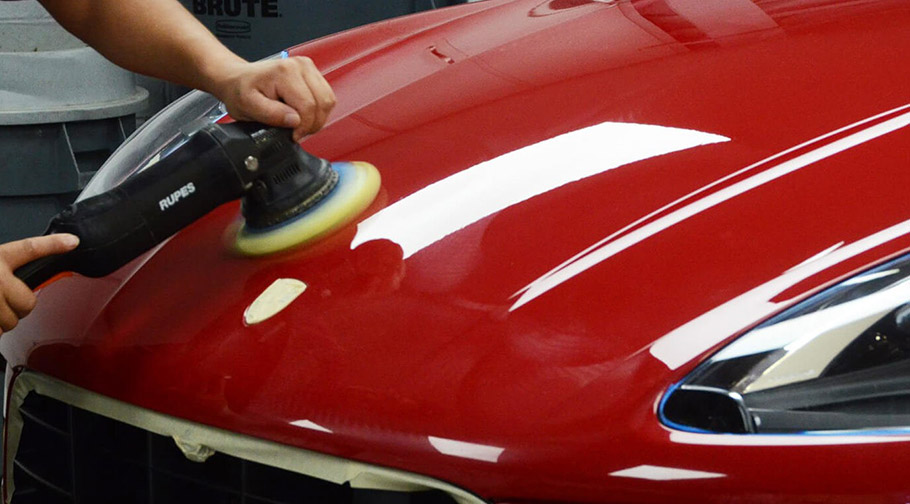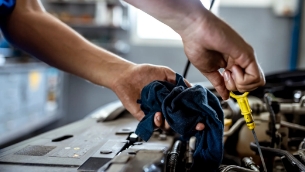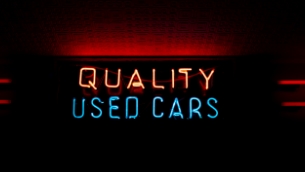Three Important Things You Need to Know About the Traditional Orbital Buffer
 Whenever you are faced with a detailing job of any kind with your car, you have to be able to confidently and informedly select the right tools for the job. Different kinds of buffers have been invented and created for a wide array of different purposes, and you will likely need more than one kind to complete a maintenance and paint correction job from start to finish.
Whenever you are faced with a detailing job of any kind with your car, you have to be able to confidently and informedly select the right tools for the job. Different kinds of buffers have been invented and created for a wide array of different purposes, and you will likely need more than one kind to complete a maintenance and paint correction job from start to finish.
Nonetheless, if you are just building up your tools supply and you are not sure where to begin with it, it is always a good a idea to get an orbital buffer for starters. They are possibly the single most beginner-friendly option out there. Here are all the bare bones essential things that you need to know about them.
When they come into use and where you can get one
The traditional orbital buffer is also known under the name "wax spreader", because that is essentially the only thing it does. These tools have been floating around on the market since the 1940s or 50s, possibly even earlier.
They are not very expensive, relatively speaking, and you would be able to find them fairly easily at any of the standard department stores like Walmart, Target and so on. Also, the vast majority of auto parts stores will typically have them for sale, and most will feature a middle range average price of about thirty dollars (the cheapest ones will come at a handful of dust, only $15, and the most expensive ones will jump up to $70 and even more).
They actually have a pretty cool history
How about we go back in time a little bit? Back before the 1980s, all the cars, trucks, and whatever other vehicles that were built at the time, had only single stage paint applied to them, such as enamel or lacquer.
This is in direct opposition to modern day vehicles, which feature three layers stacked on top of the actual body panel. These layers are the primer coat, which is applied directly to the vehicle surface, then a coat of color base, and then a clear coat as a final protective layer which also provides that beautiful sheen.
Now, when it happened that this old 1980s paint would oxidize (develop rust patches and discoloration), you could easily use a plain old orbital buffer to get rid of these blemishes, because the structure of the old paint was comparably quite soft, unlike modern paints. Take a look at this online article for some insight into the history of car paint.
The oxidation of these old paints manifested in the earlier stages as a sort of murky white overcast on the color, as if it were covered in white chalk dust. The only way to prevent such an unsightly development was to regularly wax and polish your vehicle, which is also the biggest problem of old paints – they were actually rather high maintenance.
This oxidation trouble was removed by the orbital buffer tool, by applying some rubbing compound onto its face and then basically using that to chew away at the old paint. This would uncover a layer of fresher paint, which you would then polish and wax for a fully restored, shiny finish. Nowadays, if you wanted to restore a retro wheeler, you would also get a coat of paint sealant for protection.
They cannot remove scratches, water stains and swirls – and this is why
To begin with, even though orbital buffers are awesome when it comes to re-polishing retro colors, they do not have anywhere near the power that you would need to remove those kinds of blemishes from your vehicle. They also tend to feature faces, bonnets, or buffing pads that are too large and clunky for the purpose.
Furthermore, these types of buffers are tools of a single fixed speed. They have and "on button' and an "off button" and that is just about all of the control that you get. The tool can function only at one predetermined speed level, which as a rule is not fast enough to be any level of effective at removing the water stains, swirls, and scratches from your clear coat finishes.
SEE ALSO: Nissan proudly reveals 370Z 50th Anniversary Edition model!
In alignment with the previous point, the traditional orbital buffer is just too slow to deal with this kind of damage. Of course, you may still apply it to the above mentioned three types of damage to the vehicle coat, but whatever you achieve will remain only on the surface. Anything deeper, and the tool will be rendered ineffective. Instead you would have to opt for a polisher or buffer that has variable speed settings which you can adjust at will, and it will need to be fairly fast at the "high speed" setting.










